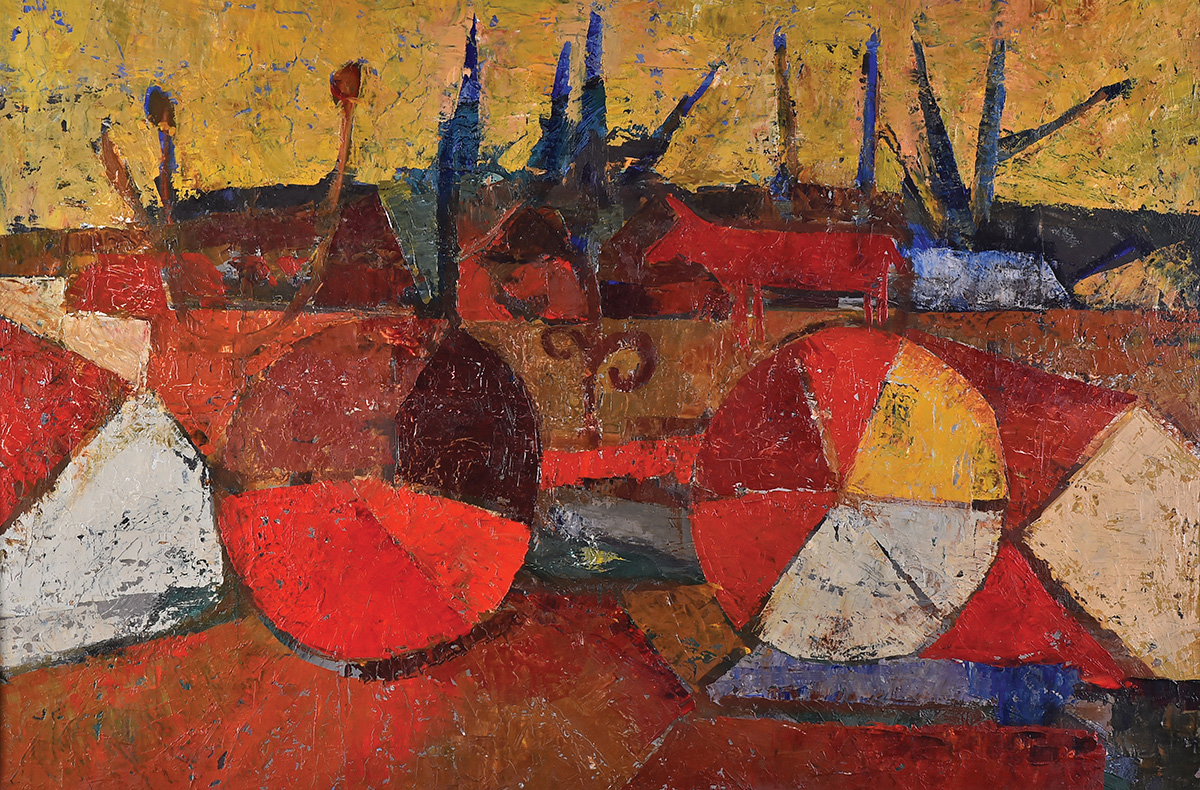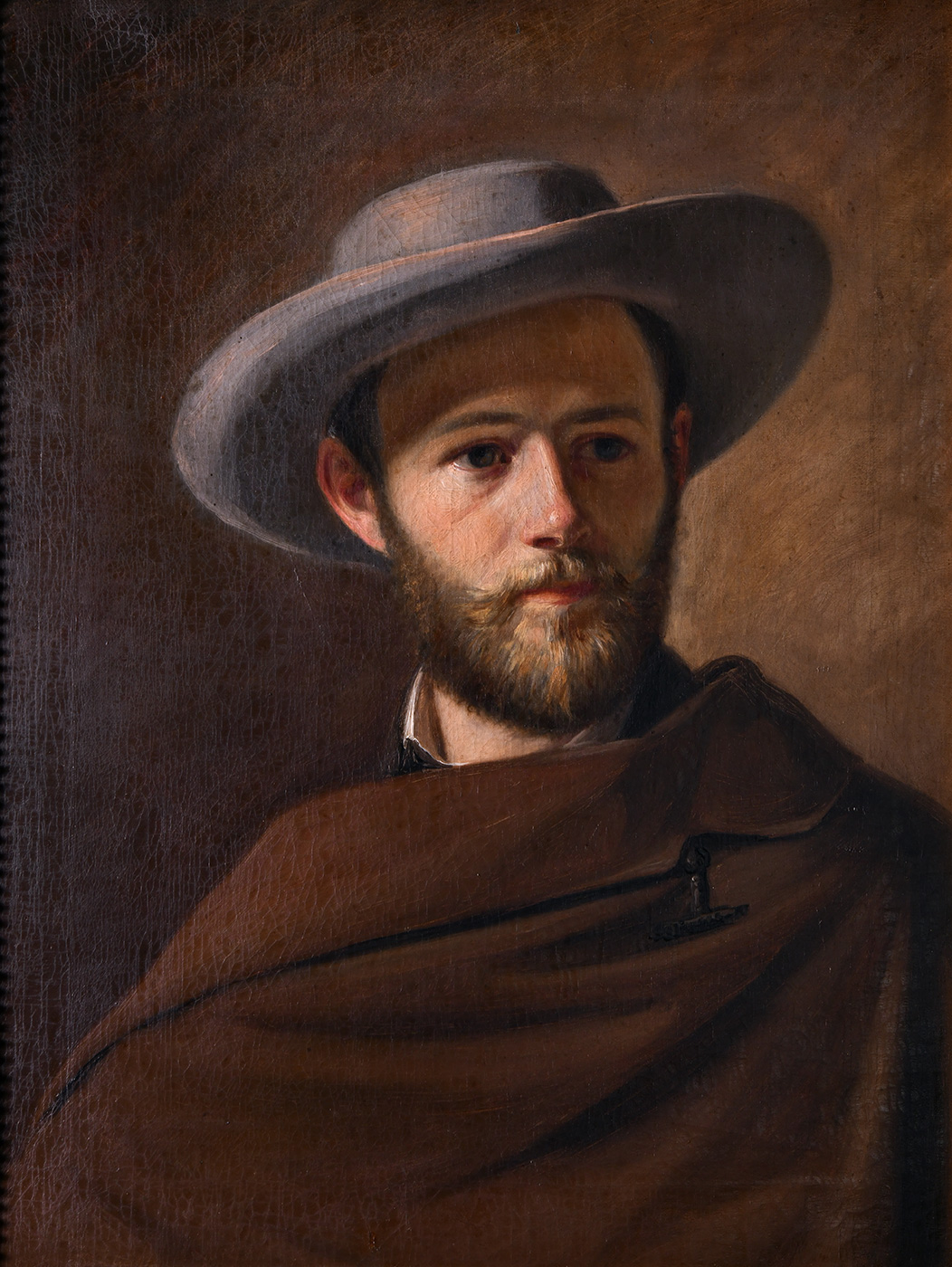Transformability of Art
What is it that makes art so compelling? Is it possible to re-create new ways of admiring art? The perception of art as an entity in itself enables us to identify its multifaceted nature and singularities. The ability of art to transform and manifest itself in a variety of forms offers us numerous possibilities for interpretation. How can we regroup works of art and create new connections between them in order to better interpret and comprehend art? The theory of artistic form encompasses elements that serve as visual tools for creating art, such as line, surface, texture, value, volume, space, color, light and shadow, composition, harmony, etc. By connecting artworks with the aid of these visual elements, we are able to create an imaginary space for entirely new or different perceptions, interpretations, and comprehensions of art, while learning more about the principles of artistic creation and discovering the meanings of individual artworks and the significance of art to society.
In terms of the visual, it would be difficult to imagine the world and art without colors. Red is the color most frequently found in nature and in various forms of art. A primary color which, when mixed with other colors, helps produce multiple secondary and tertiary colors, it is often used as a dominant color due to numerous meanings it conveys. Red calls to mind the heat of fire, blood and the schorching sun. Red symbolizes love and is afforded the royal status, while in a psychological sense, it stands for ardor, excitment, but also for irritability and anger. The color red has a double meaning, as it often suggests sexuality, suffering, death and life at the same time.
The fundamental artistic element – the line – is an indispensable tool in visual arts. The component of nearly all artistic media, the line is manifested in a multitude of forms – as straight, curved, broken, dashed, soft, sharp, thick or thin, single or intersected in a fine network. The line defines space, form and structure, controls the dynamics, creates surfaces, and shapes the essence of an artwork. In an artistic and symbolic sense, the line can help to set a certain atmosphere and create an emotional experience.
What are the (new) ways of interpreting works of art in order to understand and enjoy them? The history and theory of art view artworks through the prism of historical context, the typology of artistic media, and the frameworks defined by style. Contemporary museum methodology is characterized by finding new frameworks for admiring art in order to better understand it and interactively engage a wider audience. In this context, the creation of a link between commonalities through the content and narratives of artworks offers far more interesting possibilities and expands the challenges that museums encounter.

Ankica Oprešnik
Autumn in the Countryside, 1959

Novak Radonjić
Young Jovan Jovanović Zmaj, 1854

Robert Auer
Queen Marija Karađorđević, 1926

Ivan Meštrović
Zmaj and Child, 1954

Milena Jeftić Ničeva Kostić
Bougainvillea Cascades, 2003

Petar Lubarda
Horses, ca.1955

Ljubiša Bogosavljević
Cruciforms, 2004

Mihailo Živković
St. Nicholas with Scenes from His Life, 1798

Zora Petrović
Girl in Folk Costume, ca. 1951